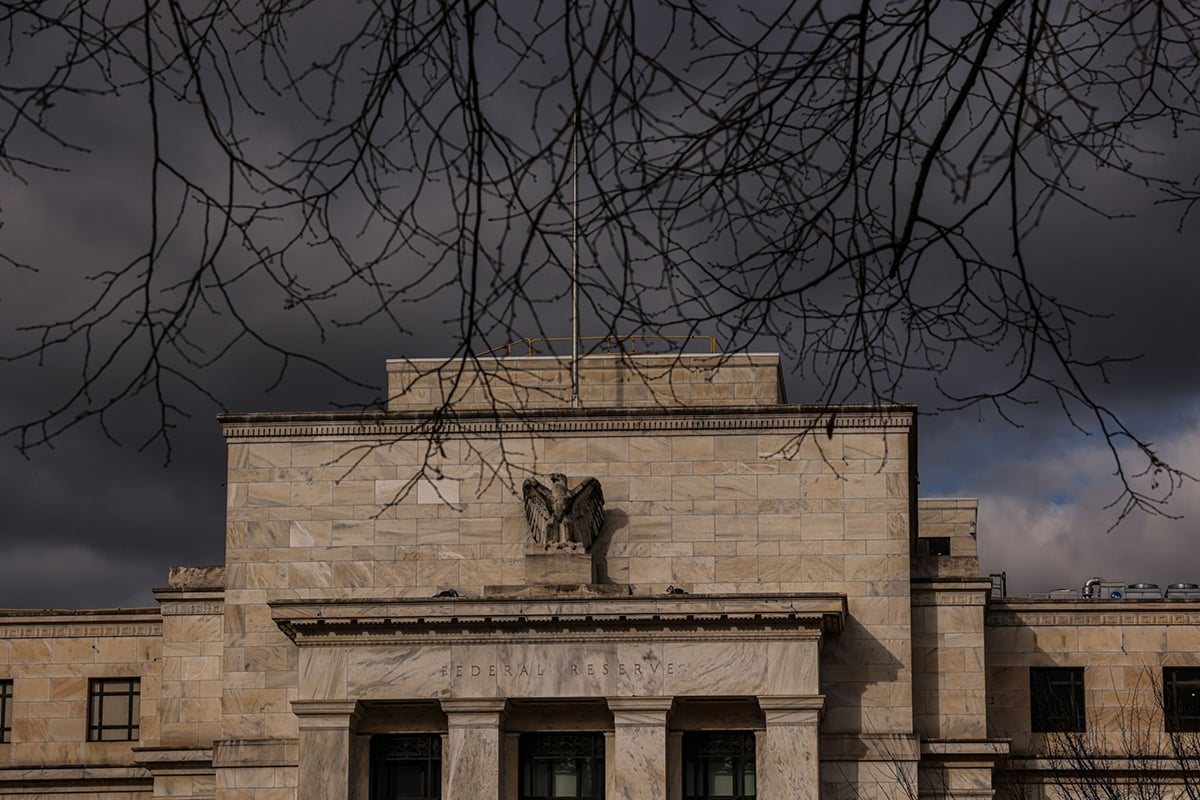The flow of economic news is hardly encouraging. Jobs growth remains disappointing. Recent readings on consumer spending and business activity show weakness as well. If the picture of the housing market has improved a bit, it still hardly portrays strength. Meanwhile, China's slowdown and Europe's recession further depress people's moods and their expectations. Talk of an imminent recessionary dip has become common, for the third time now in as many years. But though there is a temptation to go along with this flow, the history of double-dip scares itself recommends restraint. After all, double-dip forecasts from 2010 and 2011, popular as they were, missed both times. They will likely miss again this year, too, not because the economy is strong, for it most definitely is not, but because it exhibits none of the excesses that typically lead recessions.
Certainly, there is no denying the weakness implicit in the recent flow of data. During the last four months, payrolls have expanded by an average of only 97,000 a month, insufficient even to keep up with the growth of the labor force. The unemployment rate, not surprisingly, has ticked up. Having briefly inched down from 9.1 percent of the workforce in summer of 2011 to 8.1 percent last April, it stands now at 8.3 percent. The consumer, who came into the spring quarter with a relatively free-spending attitude, has cut back. Retail sales during the three months to June declined at a 4.5 percent annualized rate, and overall consumer spending, which includes a more stable service element, has increased a mere 0.8 percent annualized rate in real terms. Business orders for capital goods, which had shown considerable strength, declined at a disturbingly rapid rate during most of the last six months. Meanwhile, China has reported a much slower pace of growth overall and especially in industrial output, while the news out of Europe indicates deepening recessions, even in Germany, which previously seemed almost immune to the economic trouble in the Continent's periphery.
Without dismissing this ugly picture, it would be a mistake simply to extrapolate it, as so many double-dip forecasters do. Economic data carries a great deal of noise that can easily mislead. Order figures in particular are renowned for their volatility. They can rise rapidly for a period of months, overstating strength, and then correct down for a few months, overstating weakness. In this most recent case, the weight of decline exhibited during the last six months already seems to be reversing, with orders surging at a 25.7 percent annualized rate in May and June. So, too, retail sales ebb and flow, even as the underlying situation remains substantively unchanged.
Complete your profile to continue reading and get FREE access to Treasury & Risk, part of your ALM digital membership.
Your access to unlimited Treasury & Risk content isn’t changing.
Once you are an ALM digital member, you’ll receive:
- Critical Treasury & Risk information including in-depth analysis of treasury and finance best practices, case studies with corporate innovators, informative newsletters, educational webcasts and videos, and resources from industry leaders.
- Exclusive discounts on ALM and Treasury & Risk events.
- Access to other award-winning ALM websites including PropertyCasualty360.com and Law.com.
*May exclude premium content
Already have an account? Sign In
© 2024 ALM Global, LLC, All Rights Reserved. Request academic re-use from www.copyright.com. All other uses, submit a request to [email protected]. For more information visit Asset & Logo Licensing.







